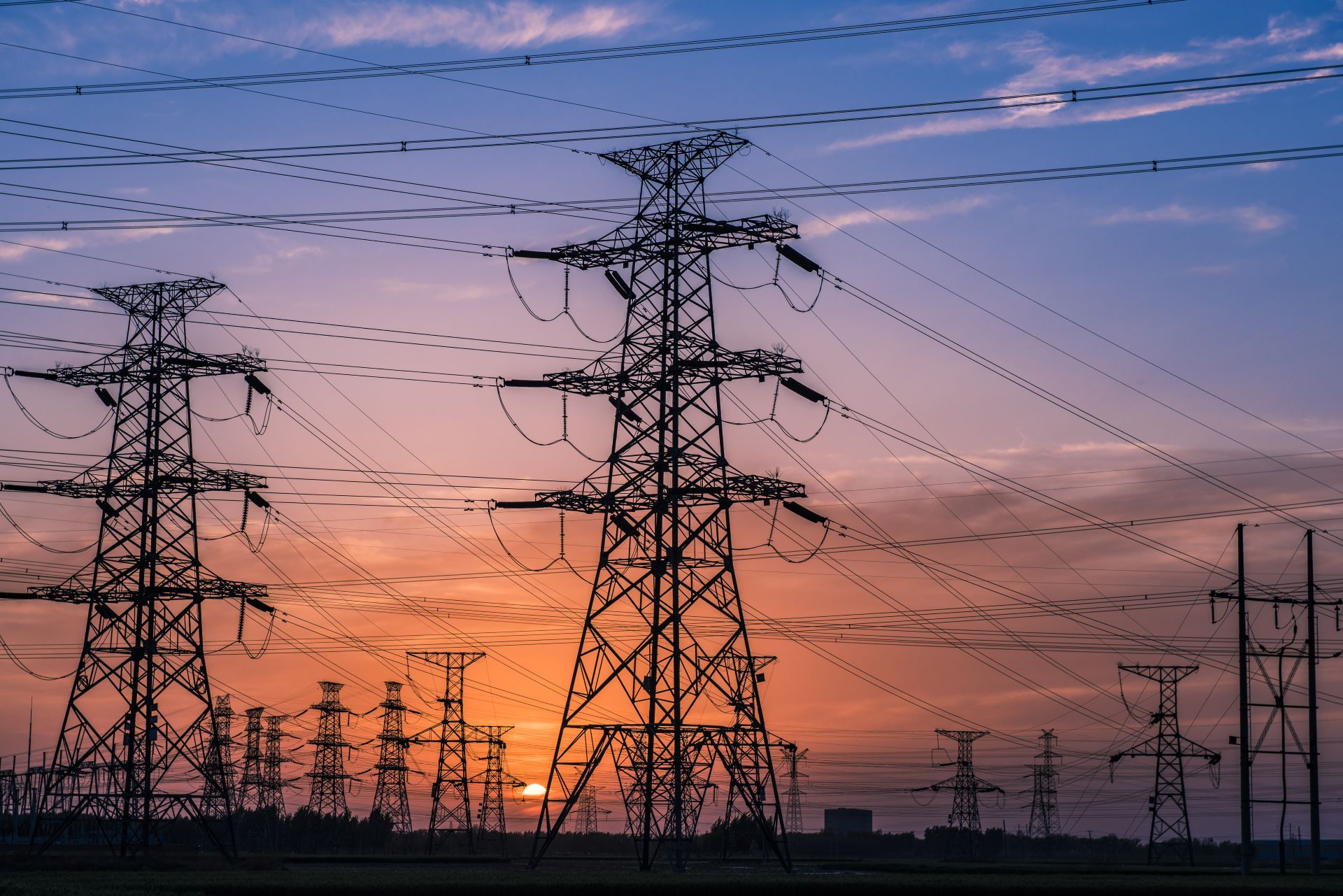
Publication
International arbitration report
In this edition, we focused on the Shanghai International Economic and Trade Arbitration Commission’s (SHIAC) new arbitration rules, which take effect January 1, 2024.


Canada | Publication | August 10, 2023
On August 10, the federal government released draft Clean Electricity Regulations,1 targeting a net-zero carbon emissions electricity grid by 2035, which is a modular component of the federal government’s plan to meet Canada’s commitment under the Paris Accord to be net zero by 20502. The Draft Regulations closely follow the August 8 companion publication of “Powering Canada Forward: Building a Clean, Affordable, and Reliable Electricity System for Every Region of Canada,” setting out the federal government’s strategic vision for both broader electrification and decarbonizing the grid.3
The Draft Regulations will be subject to a 75-day consultation period, beginning on August 19 and concluding on November 2, 2023. The final version is expected in 2024. There has been significant government-industry and inter-governmental discussion about the regulations to date, with friction entering press reports over the past year. The content has been highly anticipated and significant further discussion is expected.
If implemented, the Draft Regulations would take effect on January 1, 2025, and apply to grid-connected fossil fuel generation units of 25 MW or greater.4
The key term of the Draft Regulations is a carbon intensity cap (prohibition) of 30 tonnes CO2/GWh, that applies if there is any net electricity delivery to the grid (important for co-generation units).5 There are several exemptions, however:
The minister may also issue exemptions for emergency situations.8
The cap’s timing is designed around the federal government’s 2035 net-zero objective. A number of legacy treatments define when the cap would apply to particular units. Generally, the cap applies the later of January 1, 2035, or January 1 of the calendar year following the unit’s end of prescribed life (defined as 20 years after commission date).9 Otherwise:
The Draft Regulations also contain detailed requirements for calculating emissions intensity,13 reporting,14 and sampling and data collection,15 and would repeal the Reduction of Carbon Dioxide Emissions from Coal-fired Generation of Electricity Regulations16 on January 1, 2035,17 and the Regulations Limiting Carbon Dioxide Emissions from Natural Gas-fired Generation of Electricity18 on January 1, 2045.19
Norton Rose Fulbright Canada has highly ranked electricity practitioners in each of British Columbia, Alberta, Ontario and Quebec, acting for major electricity system owners and operators, renewable and thermal generators, and industrial customers. Contact any of the key contacts below to learn more about anticipated next steps in this domain.
Paris Agreement to the United Nations Framework Convention on Climate Change, 12 December 2015, 16 TIAS 1104 (entered into force 4 November 2016), accessible here: <https://unfccc.int/files/meetings/paris_nov_2015/application/pdf/paris_agreement_english_.pdf>.
Draft Regulations, ss. 19-20.
Draft Regulations, s. 6(4)-(5).
SOR/2018-261.
Draft Regulations, s. 6(4)(a).
See, e.g., Draft Regulations, ss. 4, 5, 12, 24-30, Schedules 1-2, Schedules 4-5.
SOR/2012-167.
Supra note 10.
Draft Regulations, s. 33.

Publication
In this edition, we focused on the Shanghai International Economic and Trade Arbitration Commission’s (SHIAC) new arbitration rules, which take effect January 1, 2024.
Subscribe and stay up to date with the latest legal news, information and events . . .
© Norton Rose Fulbright LLP 2025